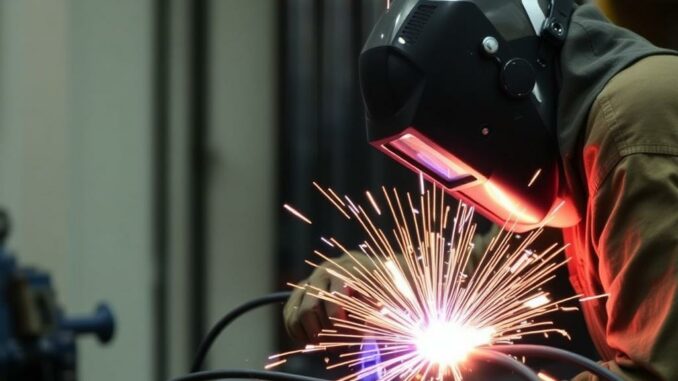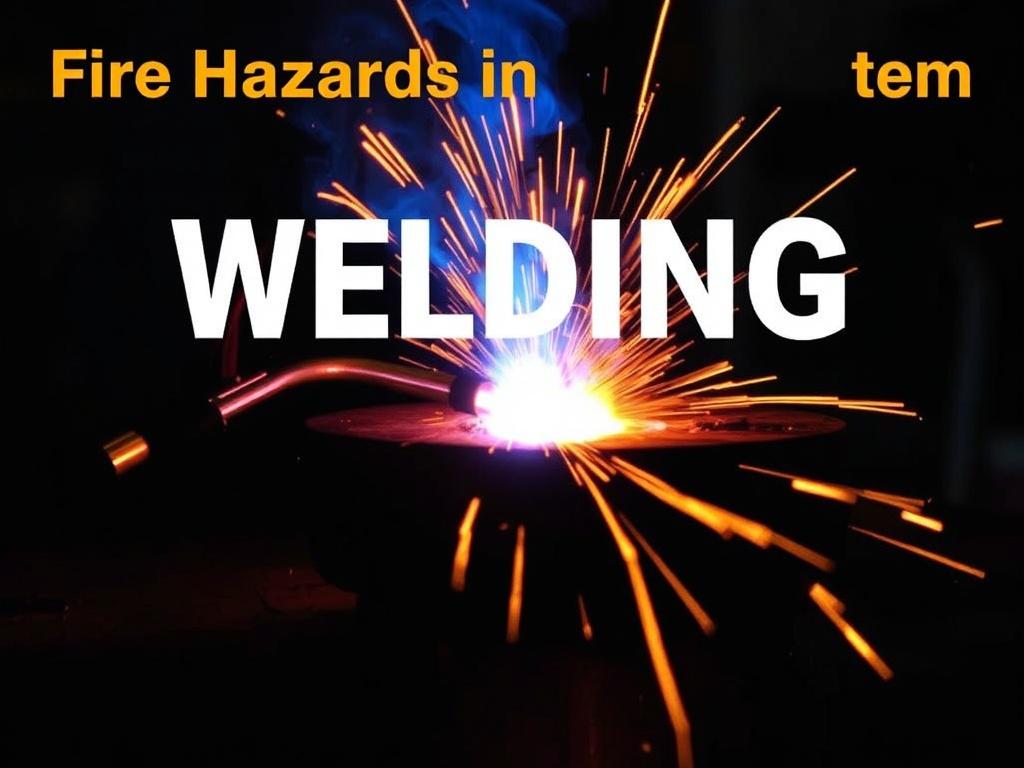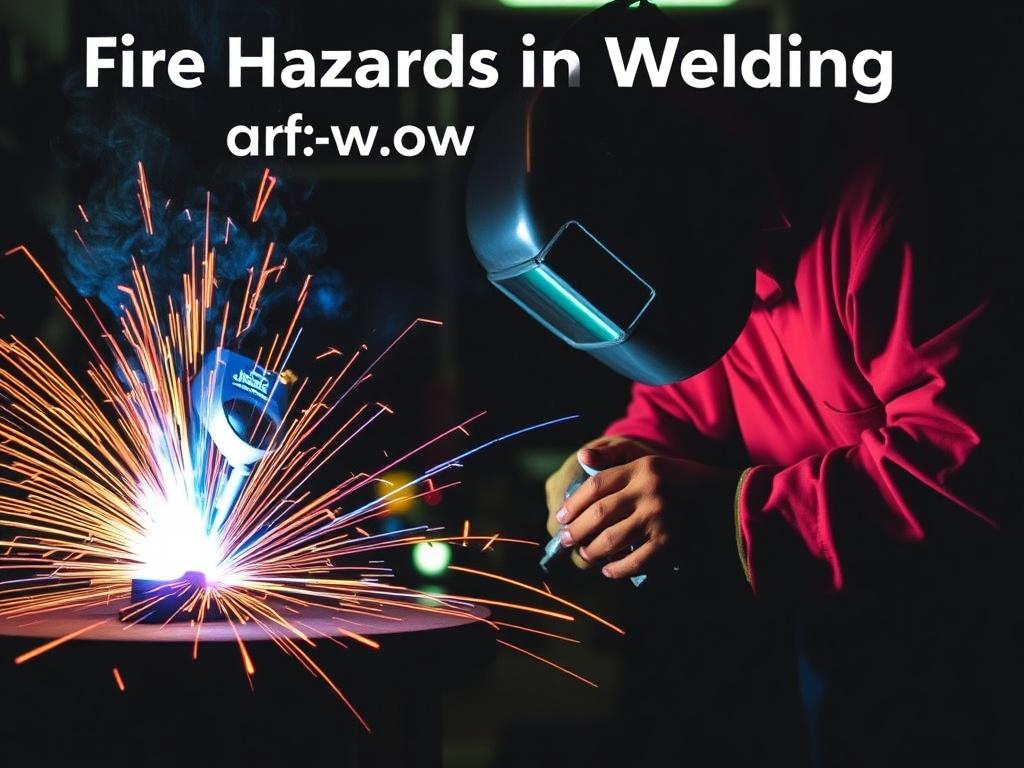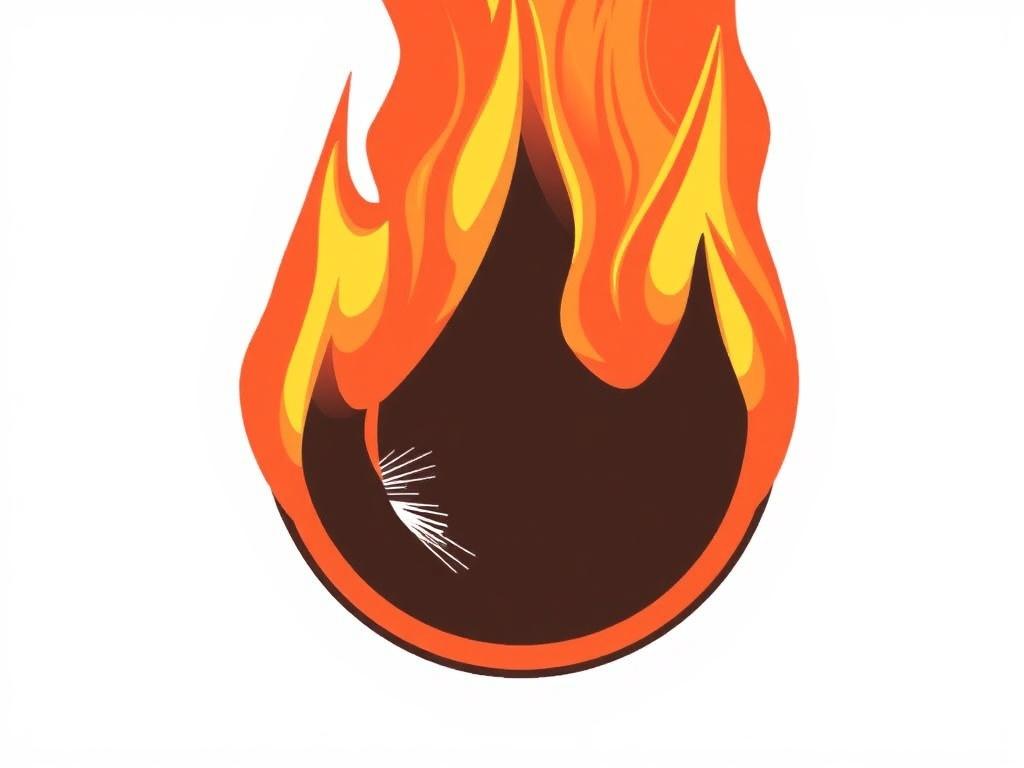
Welding is a crucial process in industries ranging from construction to automotive repair, manufacturing, and beyond. It involves joining metals through heat, pressure, or both, usually producing sparks, intense heat, and molten metal. However, one early and ever-present concern in the world of welding is fire hazards. Understanding the causes, risks, and prevention methods of fire hazards in welding is essential for protecting lives, property, and ensuring a safe working environment.
In this extensive article, we will explore the various fire hazards related to welding, dissect the risks involved, and provide you with actionable tips and best practices to avoid them. Whether you’re welding professionally or as a hobbyist, this guide is packed with valuable information to keep your workspace safe.
Understanding Fire Hazards in Welding
The first step toward preventing fire-related accidents in welding is understanding exactly what constitutes a fire hazard within this context. Welding combines extreme heat, flying sparks, molten metal, and sometimes explosive gases. These all create an environment ripe for fire if proper precautions are not followed.
Fire hazards in welding can be broadly categorized into several types:
- Sparks and Spatter: Tiny molten metal droplets or sparks that fly off during welding can ignite combustible materials nearby.
- Hot Work: The area being welded is hot for a while after the welding. This residual heat can also trigger fires.
- Flammable Gases and Vapors: Welding often uses gases like acetylene and propane that themselves pose fire and explosion risks.
- Flammable Materials in the Surroundings: The presence of paper, wood, solvents, and other combustible materials can turn a tiny spark into a full-blown fire.
Recognizing these hazards in your welding area forms the foundation of an effective fire prevention strategy.
Common Causes of Fire Hazards in Welding

Many welding-related fires stem from preventable causes. Identifying the most frequent triggers can help welders and supervisors enforce safer practices. Here are some of the most typical causes behind fire hazards in welding:
1. Flying Sparks and Molten Metal
During welding, especially arc welding, sparks and molten metal spatter are inevitable. These tiny but hot particles can easily land on flammable surfaces such as sawdust, oily rags, or cardboard, setting them ablaze. The risk increases dramatically in cluttered, unclean workplaces.
2. Improper Handling or Storage of Flammable Materials
Flammable materials like solvents, paint, paper, or even wood should always be kept far away from welding operations. However, many fires start because these materials are located too close to the welding area without proper barriers or containment.
3. Faulty or Damaged Equipment
Using worn-out welding equipment or faulty gas lines can cause sparks or gas leaks, both of which are serious fire hazards in welding projects. Regular inspection and maintenance are critical to minimizing this risk.
4. Inadequate Fire Watch or Safety Measures
A fire watch is a designated person tasked with keeping an eye out for sparks or flames during and after welding work is completed. Without a proper fire watch, small fires can go unnoticed and develop into catastrophic incidents.
5. Lack of Training and Awareness
One of the underlying causes in many accidents is insufficient knowledge or inadequate training. Welders and staff who do not understand fire hazards in welding or the correct safety protocol are more likely to inadvertently cause fires.
Identifying Fire Hazards in Welding Work Areas

Spotting fire hazards before they ignite is a crucial skill. Here are some practical steps to identifying fire hazards in welding zones:
- Conduct a Thorough Hazard Assessment: Walk around your workspace looking for flammable materials, accumulated dust or grease, improper storage of combustible substances, and the location of fire extinguishing equipment.
- Inspect Welding Equipment and Gas Lines: Check for leaks, worn hoses, damaged electrical cords, and other signs of wear that increase fire risks.
- Ensure Proper Ventilation: Poor ventilation allows accumulation of flammable vapors or gases, which can explode or ignite.
- Check for Nearby Ignition Sources: Anything from static electricity to exposed electrical wiring can spark fires when combined with welding activities.
Routine inspections and hazard identification form the backbone of a fire-safe welding environment. It is always better to catch potential fire hazards early on rather than reacting after a blaze has started.
Fire Prevention Strategies During Welding
Preventing fire during welding isn’t just about luck—it relies heavily on strict safety protocols and responsible working habits. Let’s explore the most effective fire prevention strategies you can implement right away.
Keep the Workspace Clean and Organized
Accumulated dust, paper, sawdust, and oily rags can catch fire easily if sparks land on them. Maintaining a clutter-free, clean work area significantly reduces fire hazards in welding. Develop a routine to clear all combustible materials from the vicinity before starting work.
Use Fire-Resistant Blankets and Shields
Fire-resistant welding blankets and shields act as barriers, catching sparks and molten metal spatter before they reach combustible surfaces. These should be used especially when welding close to walls, floors, or machinery that can catch fire.
Proper Storage of Flammable Materials
All flammable substances must be stored in designated, fireproof containers away from welding areas. Avoid storing paints, solvents, or gas cylinders near welding operations. Follow local fire codes and company policies for storage protocols.
Maintain Welding Equipment Regularly
Routine inspection and maintenance of welding machines, cables, and gas lines minimize leaks, sparks, or other malfunctions. Replace worn parts promptly and follow manufacturer guidelines for equipment safety.
Establish a Fire Watch
A fire watch is a person assigned to remain in or around the welding area until a minimum of 30 minutes after welding has stopped. This individual monitors for smoldering fires and ensures prompt fire suppression if needed.
Use Appropriate Fire Extinguishing Equipment
Always have accessible fire extinguishers suitable for metal fires (Class D), electrical fires (Class C), and ordinary combustibles (Class A). Familiarize yourself and your team with the proper use of extinguishers.
Essential Equipment to Prevent Welding Fires
Safety in welding doesn’t rely on personal care and skill alone. The right safety equipment plays a critical role in fire hazard mitigation. Here is a table listing essential fire prevention equipment used in welding environments:
| Equipment | Description | Purpose |
|---|---|---|
| Fire-Resistant Welding Blankets | Heavy-duty blankets made from fireproof fiberglass or similar materials. | Protect combustible surfaces from sparks and molten metal spatter. |
| Fire Extinguishers | Portable devices filled with various extinguishing agents suitable for different fire classes. | Immediate firefighting for small fires before they escalate. |
| Fire Watch PPE (Personal Protective Equipment) | Protective clothing, gloves, and eye protection worn by fire-watch personnel. | Protect the fire watch from unexpected fires and sparks. |
| Spark Arrestors and Screens | Barriers designed to block or absorb flying sparks. | Stop sparks from reaching flammable materials. |
| Gas Leak Detectors | Electronic or chemical detectors that alert operators about gas leaks. | Detect leaks early to prevent fire or explosion hazards. |
Training and Procedures to Minimize Fire Risks
No equipment or protocol works fully without proper training. The human factor is often the weakest link in welding fire safety, but it can also be the strongest when properly addressed. Here’s how training makes a difference:
- Educate on Fire Hazards in Welding: Awareness of the sources and risks of fire ignitions makes welders more cautious and careful.
- Demonstrate the Use of Fire Safety Equipment: Practical training on fire extinguisher use, fire blanket deployment, and fire watch duties helps ensure people are ready to act quickly.
- Simulate Emergency Scenarios: Conduct fire drill exercises specific to welding hazards. Familiarity with emergency responses reduces panic and improves efficiency during real incidents.
- Develop and Enforce Safety Procedures: Clear, written procedures for pre-weld checks, housekeeping, equipment maintenance, and post-weld fire watches keep everyone accountable.
Consistent reinforcement of safety culture within a workplace greatly lowers the chances of fire-related accidents in welding.
Dealing With Fire Emergencies in Welding
Despite all precautions, fires can still occur. When they do, prompt and effective response is critical to minimizing damage. Here’s a step-by-step approach for handling fire emergencies in welding operations:
1. Activate the Fire Alarm
Sound the alarm immediately to alert everyone in the area and prompt evacuation if necessary.
2. Use the Nearest Fire Extinguisher
If the fire is small and manageable, use the appropriate type of extinguisher to put it out. Always remember PASS: Pull the pin, Aim at the base, Squeeze the handle, Sweep side to side.
3. Evacuate If Necessary
If the fire cannot be quickly controlled, evacuate the area calmly and prevent others from entering the danger zone.
4. Contact Emergency Services
Call the fire department immediately after ensuring personnel safety.
5. Report and Review
After the incident, document what happened, review causes, and update safety measures to prevent recurrence.
Summary: Fire Safety Best Practices in Welding

Welding is a demanding and sometimes hazardous activity, but fire risks can be significantly lowered by implementing the following best practices:
- Keep work areas clean and free of combustibles.
- Use fire-resistant blankets and shields during welding.
- Store flammable materials safely and away from welding zones.
- Regularly inspect and maintain welding equipment and gas lines.
- Establish a dedicated fire watch during and after welding operations.
- Ensure proper ventilation to avoid gas accumulation.
- Train welders and staff on fire hazards, prevention, and emergency response.
- Keep fire extinguishing equipment within reach and in working order.
- Develop and follow clear safety procedures and checklists.
Fire hazards in welding, while significant, are manageable. Combining knowledge, vigilance, training, and the right equipment safeguards people and property while letting the craft of welding shine brightly without harm.
Additional Resources and References
- OSHA Welding, Cutting, and Brazing Standards
- National Fire Protection Association (NFPA) Resources
- American Welding Society Safety Guidelines
- NIOSH Welding Safety Tips
By keeping fire hazards in welding a top priority, we create safer workplaces and empower welders to focus on creating solid, quality joints with peace of mind. Safety today ensures success tomorrow.
